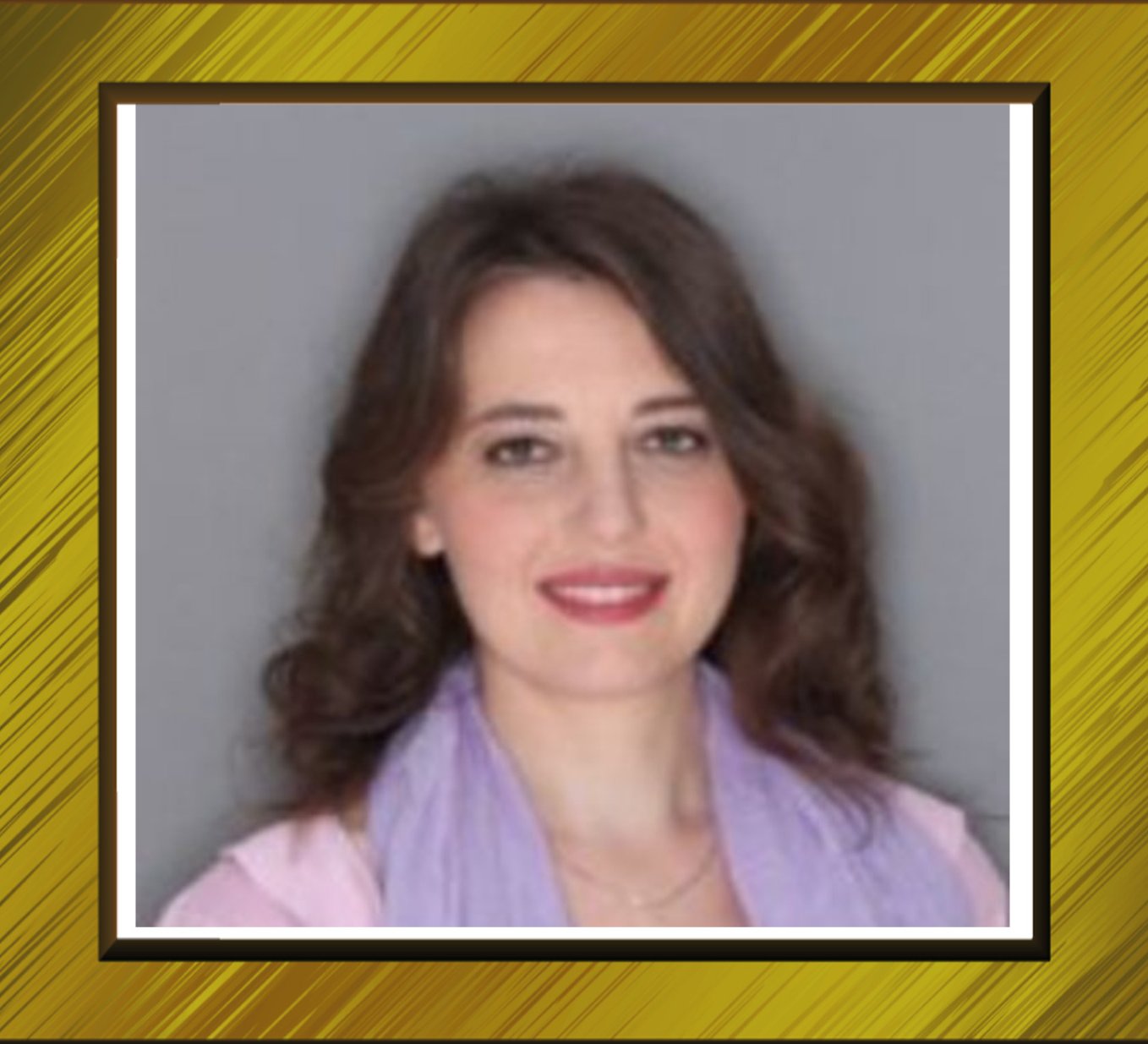
I am originally from a city in the South of Italy. After my PhD at the University of Rome La Sapienza in 2008 I moved to Jagiellonian University in 2009 as a research assistant and I have been Visiting Scholar in several places all around the globe. I here mention a few: I was already at RIKEN with the JSPS Fellowship in November 2014-January 2015 in the ABBL group under the direction of Nagataki-san and as a visiting researcher in January and February 2019. I was in the US at Stanford University with the Fulbright, Marie Curie’ and the American Astronomical Society Fellowship from 2012-2013, and 2015-2018. In all these years I have been studying Gamma-Ray Bursts, selection biases in treating GRB correlations, and their application as cosmological tools and as a tool to discriminate among theoretical physical models. More recently I have started working on machine learning for redshift extraction of GRBs and Active Galactic Nuclei and on the selection effects in SNe cosmology in collaboration with Hatsuda-san and Nagataki-san. Last year I started collaborating with Don Warren and Gilles Ferrand on a project that aims to include virtual reality to show GRBs correlations to a broader audience.
Gamma-ray burst as standardizable candles
Machine Learning techniques applied to Gamma-ray bursts
Gamma-ray burst cosmology
The most complete catalog of optical Gamma-ray bursts with redshift
Gamma-ray burst astrophysics and closure relations
I am interested in high-energy astrophysics phenomena in gamma-ray bursts (GRBs), selection bias, statistical methods for astronomical data, and active galactic nuclei.
I am the discoverer of the so-called Dainotti relations in GRB afterglows between the luminosity at the end of the plateau phase, La, and its rest frame duration, Ta, and in GRB prompt-afterglow between La and the peak luminosity of the prompt emission, Lpeak. The first relation indicates that the more luminous the plateau phase is, the shorter its duration, i.e., the more powerful the phenomenon is, the quicker it consumes its energy. The second relation shows that the prompt luminosity is proportional to the luminosity at the end of the plateau phase. An extension of these two relations led to the discovery of a fundamental plane for GRB afterglows. I have since applied these relations in combination with supernovae Type Ia (SNe Ia) and cosmic microwave background radiation (CMB) as cosmological tools.